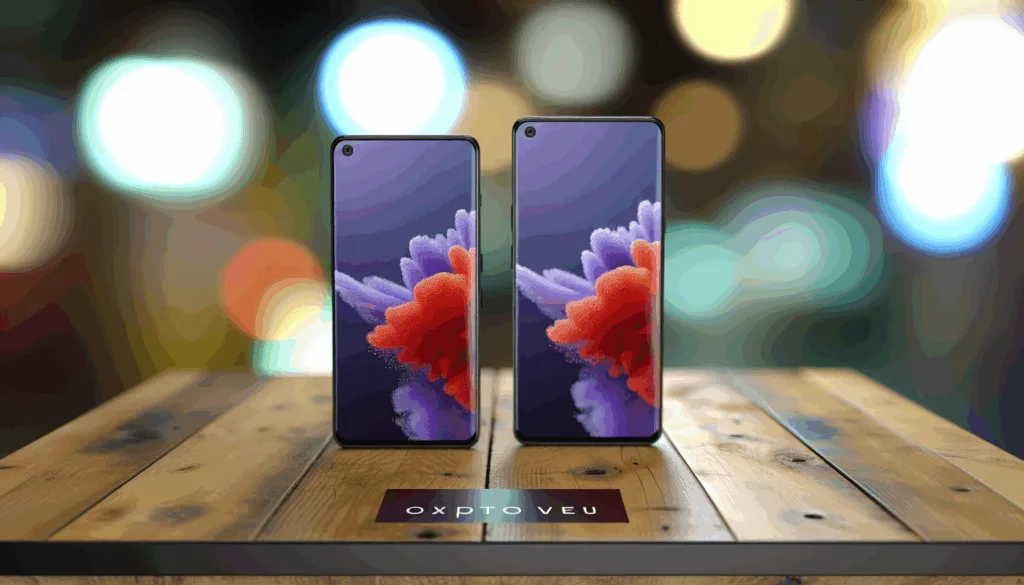iPhone 16 Pro vs Samsung Galaxy S25 Ultra: Flagship Showdown
In the ever-evolving world of smartphones, the battle for supremacy is fiercer than ever. Two giants, Apple and Samsung, continue to push the boundaries of innovation, design, and functionality with their flagship models. The iPhone 16 Pro and the Samsung Galaxy S25 Ultra represent the pinnacle of their respective lineups, each promising a blend of cutting-edge technology and unparalleled user experience. This showdown delves deep into the features, performance, and unique offerings of these two titans, providing insights to help you decide which device reigns supreme.
Design and Build Quality
The design philosophy of both Apple and Samsung has always been a reflection of their brand ethos. The iPhone 16 Pro continues Apple’s tradition of sleek, minimalist design, featuring a titanium frame that enhances durability without compromising on weight. The device’s ceramic shield front and back offer a premium feel and reinforce its resilience against everyday wear and tear.
In contrast, the Samsung Galaxy S25 Ultra embraces a bold aesthetic with its curved edges and seamless glass finish. Samsung’s commitment to innovation is evident in its use of eco-friendly materials, making the S25 Ultra not only a technological marvel but also a nod to sustainability. The design is both aesthetically pleasing and functional, with improved ergonomics for a comfortable grip.
Both devices boast an IP68 rating, ensuring protection against dust and water. However, the iPhone 16 Pro takes a slight edge with its more compact form factor, appealing to those who prefer a device that is both powerful and pocket-friendly.
Display Technology
Apple’s iPhone 16 Pro features a stunning Super Retina XDR display, offering vibrant colors and deep blacks. With a resolution of 2778 x 1284 pixels, the screen is perfect for everything from streaming videos to gaming. The ProMotion technology provides a refresh rate of up to 120Hz, ensuring smooth scrolling and responsive touch interactions.
Samsung, on the other hand, has equipped the Galaxy S25 Ultra with its Dynamic AMOLED 2X display. With a resolution of 3200 x 1440 pixels, it offers an immersive viewing experience. The 120Hz refresh rate and HDR10+ support enhance the visual experience, making it ideal for media consumption and gaming.
A key differentiator is the S25 Ultra’s adaptive refresh rate, which intelligently adjusts based on the content being viewed, optimizing battery life. While both displays are exceptional, Samsung’s offering slightly edges out in terms of resolution and adaptability.

Performance and Software
Under the hood, the iPhone 16 Pro is powered by Apple’s A17 Bionic chip, a marvel of engineering that promises lightning-fast performance and efficiency. This chip, combined with iOS 17, ensures seamless multitasking and swift app launches. Apple’s ecosystem remains a strong selling point, offering a cohesive experience across devices.
Samsung’s Galaxy S25 Ultra is no slouch, featuring the Exynos 2500 (or Snapdragon 8 Gen 3, depending on the region). With One UI 5.5 based on Android 14, Samsung offers a highly customizable interface that caters to power users. The device handles demanding applications with ease, making it a powerhouse for productivity and entertainment.
While both devices offer stellar performance, the choice between iOS and Android remains a personal preference. Apple’s tightly integrated ecosystem provides a smooth experience, whereas Samsung offers flexibility and customization.
Camera Capabilities
Photography enthusiasts will find much to admire in both the iPhone 16 Pro and the Galaxy S25 Ultra. Apple’s device boasts a triple-camera system, featuring a 48MP main sensor, ultra-wide, and telephoto lenses. The introduction of computational photography enhancements allows for stunning low-light performance and detailed images.
Samsung’s Galaxy S25 Ultra, however, takes mobile photography to another level with its quad-camera setup. The 200MP main sensor, along with periscope zoom and ultra-wide capabilities, delivers unparalleled versatility. Samsung’s advanced AI features enhance image quality, offering professional-grade results.
In video recording, both devices support 8K resolution, with Apple providing ProRes capabilities for creators. The Galaxy S25 Ultra excels in zoom capabilities, making it a favorite for those who prioritize versatility in photography.
Battery Life and Charging
Battery performance is a crucial aspect of any smartphone, and both manufacturers have made significant strides in this area. The iPhone 16 Pro offers a robust battery life, thanks to its efficient A17 Bionic chip and iOS optimizations. Users can expect a full day of usage, with fast charging and MagSafe wireless charging options available.
Samsung’s Galaxy S25 Ultra features a larger battery capacity, complemented by intelligent power management. The device supports ultra-fast charging and reverse wireless charging, providing flexibility for users on the go.
While both phones offer impressive battery life, Samsung’s larger battery and additional charging features give it a slight advantage for power users who demand more from their devices.
| Feature | iPhone 16 Pro | Samsung Galaxy S25 Ultra |
|---|---|---|
| Display | Super Retina XDR | Dynamic AMOLED 2X |
| Processor | A17 Bionic | Exynos 2500/Snapdragon 8 Gen 3 |
| Camera | Triple 48MP system | Quad 200MP system |
| Battery | Full-day use | Larger capacity with reverse charging |
| Operating System | iOS 17 | Android 14 (One UI 5.5) |
Additional Features
Both the iPhone 16 Pro and Galaxy S25 Ultra come packed with features that enhance user experience. Apple’s focus on privacy and security is evident with its advanced Face ID and end-to-end encryption services. The device also supports the latest in augmented reality applications, offering a glimpse into the future of interactive technology.
Samsung, renowned for its feature-rich devices, includes an S Pen with the Galaxy S25 Ultra, catering to creatives and professionals alike. The device also offers DeX mode, transforming the smartphone into a desktop-like experience, which is a boon for productivity.
In terms of connectivity, both devices support 5G, Wi-Fi 6E, and Bluetooth 5.3, ensuring fast and reliable connections. While Apple’s ecosystem offers seamless integration across its range of products, Samsung’s versatility and additional features like the S Pen provide a unique edge.
Conclusion
In the ultimate showdown between the iPhone 16 Pro and Samsung Galaxy S25 Ultra, both devices emerge as winners in their own right. Apple’s offering excels with its cohesive ecosystem, elegant design, and cutting-edge performance. Meanwhile, Samsung’s flagship dazzles with its innovative features, superior camera capabilities, and unmatched versatility.
Choosing between these two powerhouses ultimately depends on individual preferences and priorities. Whether you lean towards Apple’s seamless integration or Samsung’s feature-rich experience, both smartphones represent the pinnacle of mobile technology. As the competition continues to drive innovation, consumers can look forward to even more exciting developments in the world of smartphones.


